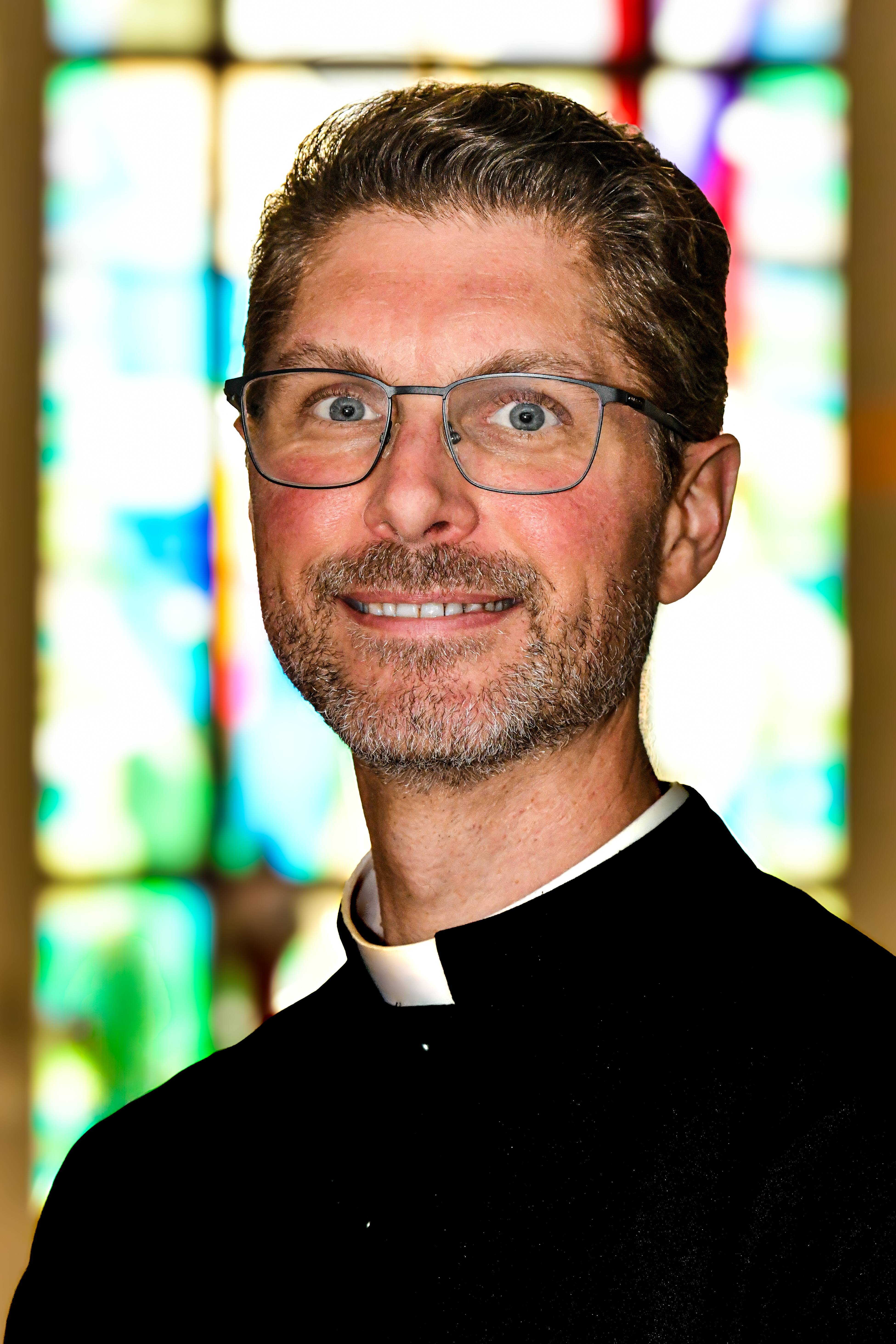Dear Parish Family:
As Advent arrives this weekend, it will be one year since Archbishop Thompson allowed the distribution of the chalice during holy Communion at Mass. Unfortunately, between my mother’s death and other events in my life, I have not been able to make the progress I wanted on reinstituting the chalice in our parish.
It seems like it should be such an easy thing. Still, during the Eucharistic Revival, I wanted to take some time for catechesis on what receiving from the chalice means, what it does not mean, how to do it properly, and ask for eligible parishioners to consider becoming Extraordinary Ministers of Holy Communion (EMHC) based on the norms of the Catholic Church.
What does the distribution of the chalice mean?
The General Instruction of the Roman Missal (GIRM), which tells us how to celebrate Mass, states: “Holy Communion has a more complete form as a sign when it is received under both kinds. In this manner of reception, a fuller sign of the Eucharistic banquet shines forth.” This “more complete form as a sign” or “fuller sign” is the true meaning of the congregation’s reception from the chalice. It is a fuller “sign” of our eschatological aim in the eternal banquet of the Lamb of God in heaven.
Doesn’t receiving from the chalice mean I’m receiving the Blood of Christ?
Yes and No. Since the Body, Blood, Soul, & Divinity of Jesus exists in both the species of the host and the wine, you receive the Blood of Christ along with the Body of Christ whether you receive the host, the chalice, or both. Receiving the chalice is a mystical sign of the heavenly banquet, which has been shared differently in Eastern and Western liturgical traditions. Eastern liturgy consists of leavened bread being inserted into the chalice and the mixture spooned out into the mouths of communicants.
The priest is the only person required to receive both species (host and chalice) at Mass. If he did not receive both, the Mass itself would be invalid.
What about intinction?
“Intinction” is when someone dips the host into the chalice while distributing holy Communion. Self-intinction—where the communicant dips the hosts into the chalice him or herself—is strictly forbidden by the Church. Only the priest or EMHC may practice intinction of the host for the communicant if and only if the communicant receives Jesus on the tongue. Intinction is minimally practiced in the United States since it takes away the option of receiving in the hand.
Is there a time when I should not receive from the chalice?
Yes. When you are sick, please refrain from receiving the chalice. Just because the Blessed Sacrament is Jesus does not mean that your germs won’t be left behind either on the rim of the chalice or backwash into the chalice.
I do not say this to be gross but realistic. Just as the body of Christ, which walked the earth, was able to suffer the consequences of our fallen world, which germs are a part of, so are the Eucharistic species able to carry those same consequences. I have often become sick from consuming others’ germs while purifying the chalices at Mass.
As is common practice in the Church, there may be times when the parish forgoes distribution of the chalice to the congregation due to widespread sickness.
Who can purify the chalices?
The only people permitted to purify the chalices used at Mass are priests, deacons, or instituted acolytes. According to the GIRM, purification takes place by the priest, deacon, or acolyte “pouring water into the chalice and by collecting any fragments of the consecrated bread remaining in the paten/plate/bowl/ciborium into the chalice and consuming the ablution. After Mass, the vessels can be washed by the sacristan or other minister in the usual way in preparation for the next Mass.”
The “ablution” is the water rinsing all particles of Jesus off the sides of the vessels. These particles of Jesus must be consumed and cannot be poured out. So, again, please be mindful about not receiving when you are sick, as the deacons and priests would like to avoid getting sick themselves. We understand accidents happen, and sometimes we don’t know we are sick. All we ask for is consideration.
Will this mean that Mass will be longer?
Probably. From placing the auxiliary chalices on the altar to preparing more EMHCs with their vessels for the distribution of holy Communion to purifying and clearing more vessels by the priest and deacon, this will take more time and should be done carefully.
This is not to mention that the Communion lines may slow down since the distribution of the chalice usually causes things to back up, especially in the narrow space at the front of our church. So, please be prepared to be patient and charitable when this happens.
When can we start distributing the chalice again?
I hope sometime in the Easter Season (NOT Easter Sunday). However, this will only be possible if we have more EMHCs. I would like us to have four chalices at 4:30 pm Saturday, two at 7:30 am, and six at 10:30 am Sunday. However, this is an increase of twelve EMHCs per weekend. It requires commitment from those who qualify to be EMHCs.
Besides not having enough EMHCs to cover this number of chalices, we do need to limit the number since only priests and deacons can purify vessels. If there are fewer, it is easier to do it carefully in a timely manner.
The goal is to move us closer to the fuller expression of the mystical sign of the heavenly banquet. I am excited about this move, but it will take time to discover a new flow and routine.
As first mentioned, there are specific criteria laid out for us by the Church that we must take seriously in determining who can and cannot become an Extraordinary Minister of Holy Communion (EMHC). Next weekend, I will write about these qualifications and the scope of this ministry. Please begin prayerfully, considering whether God may invite you to this ministry.
In Jesus, through Mary and St. Joseph,
Father Danda

